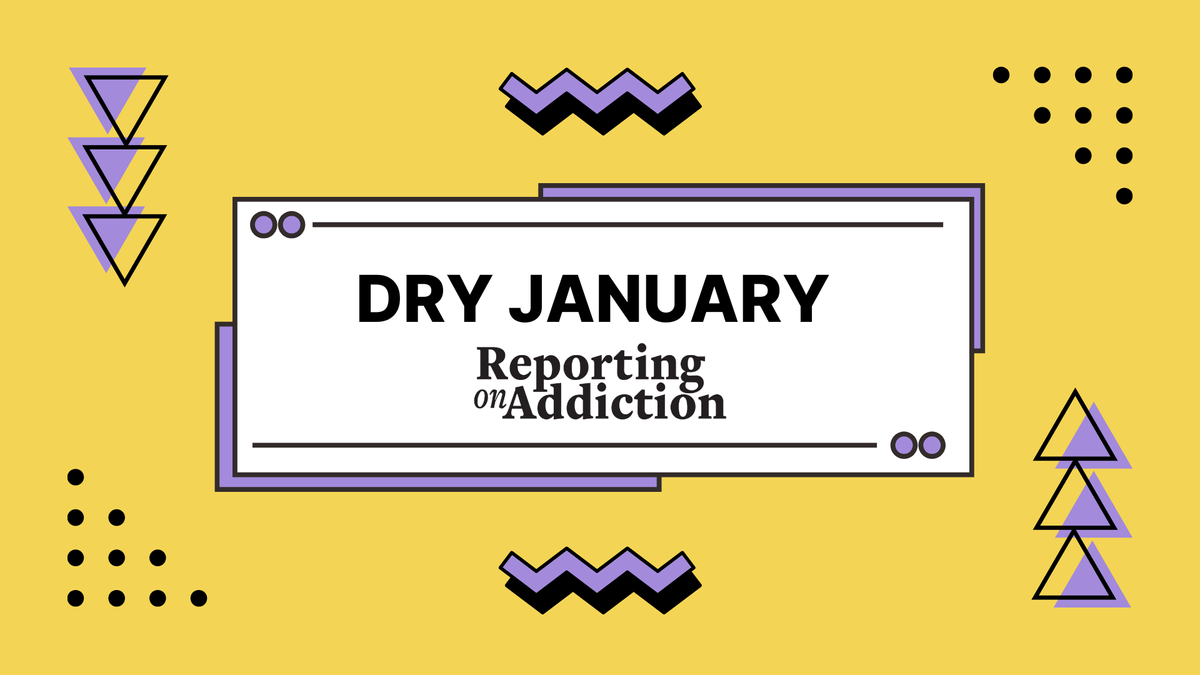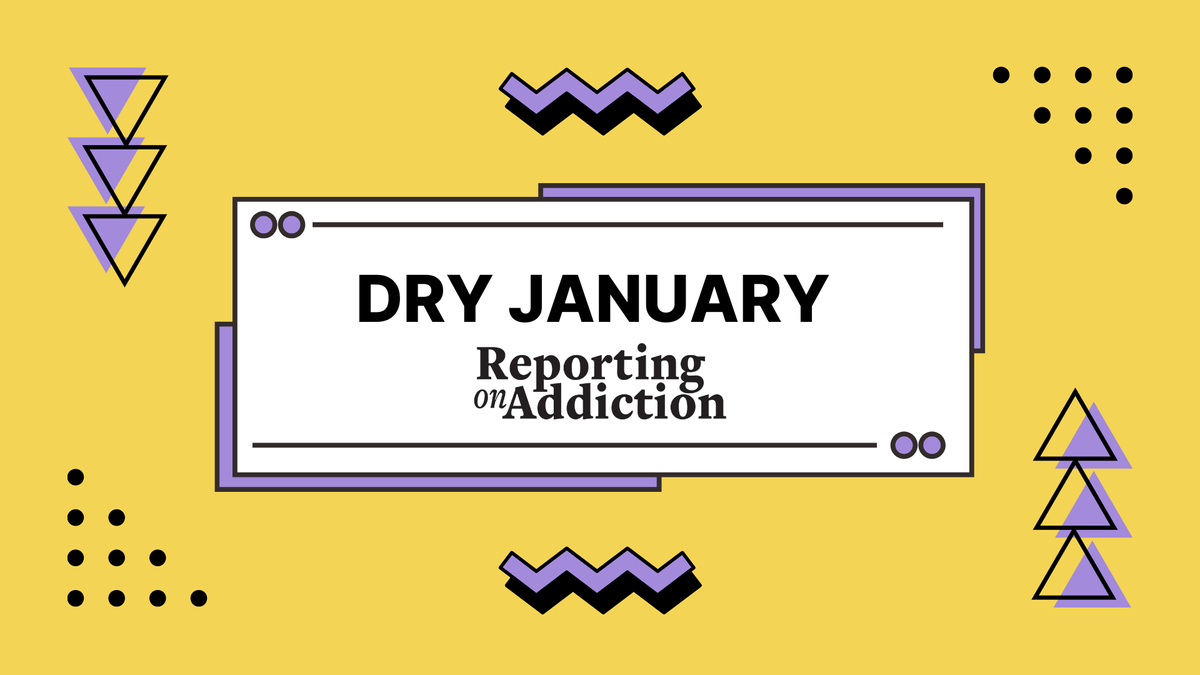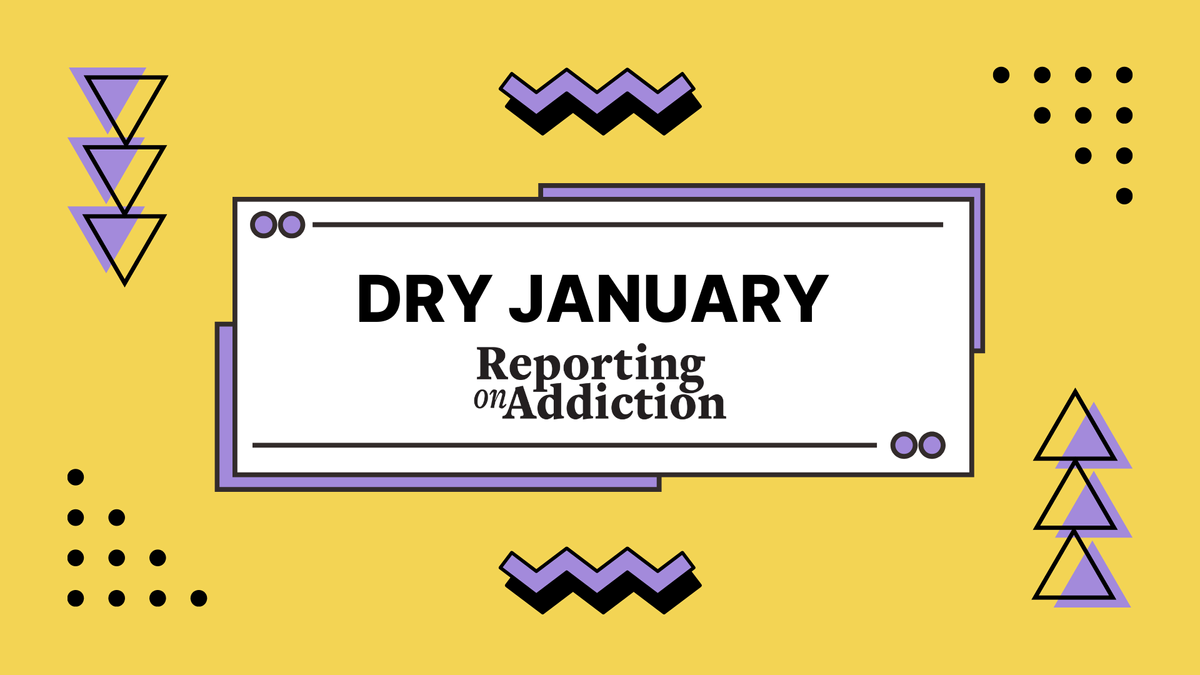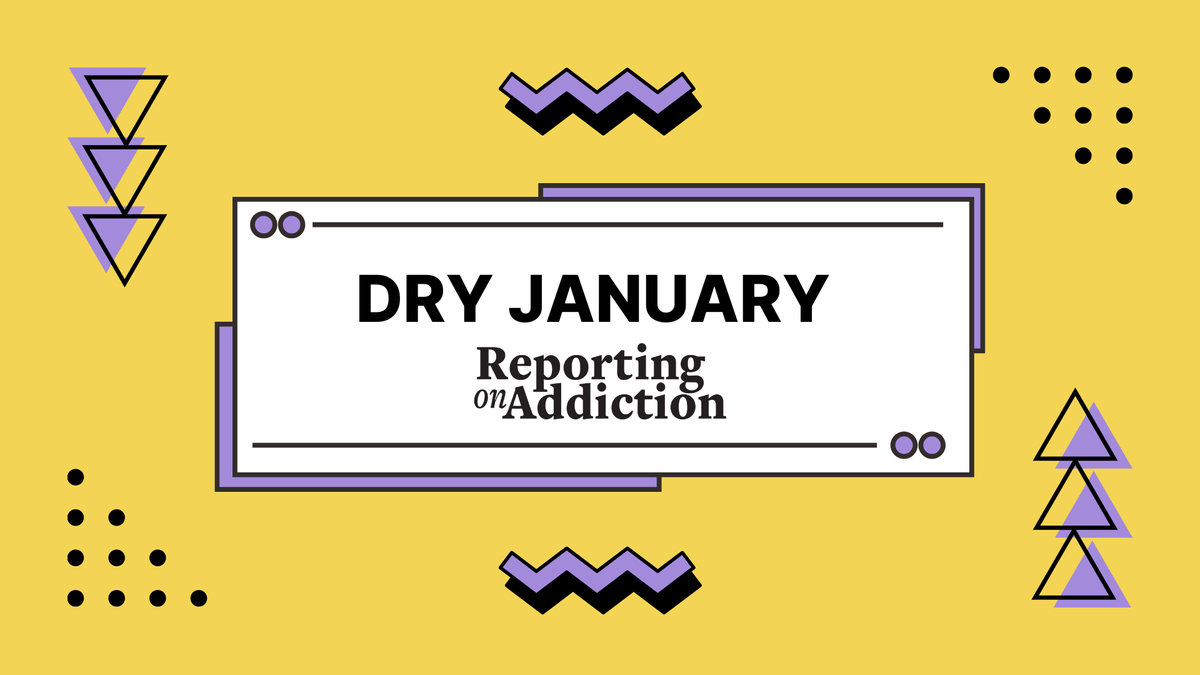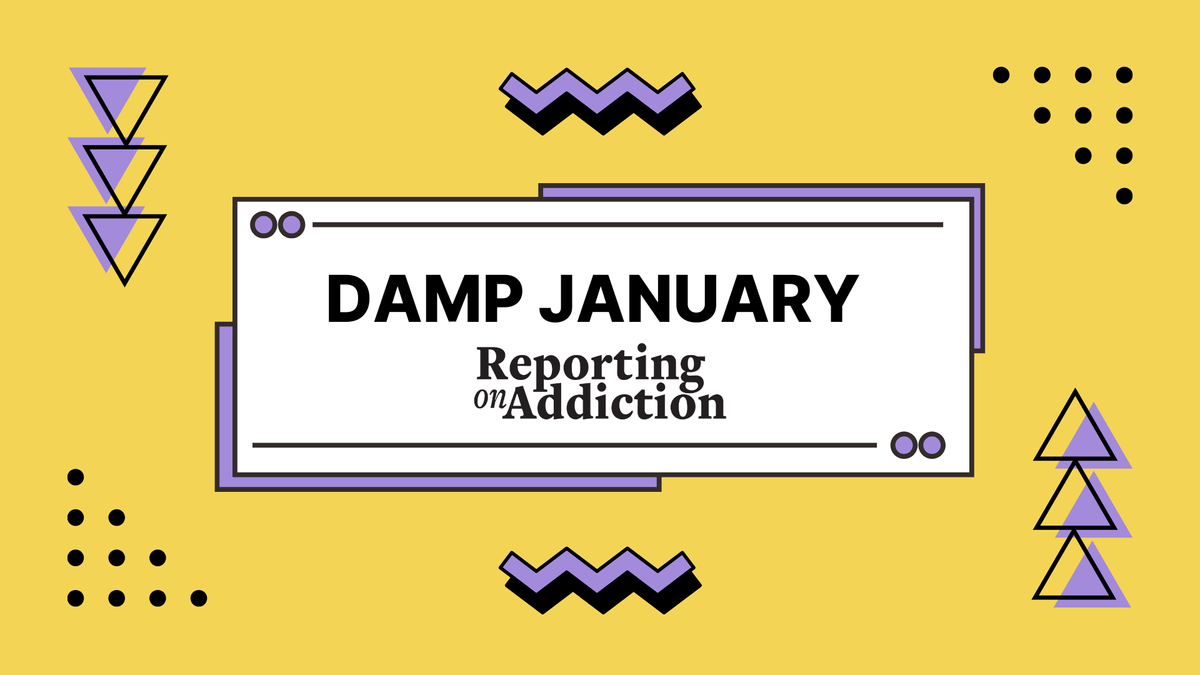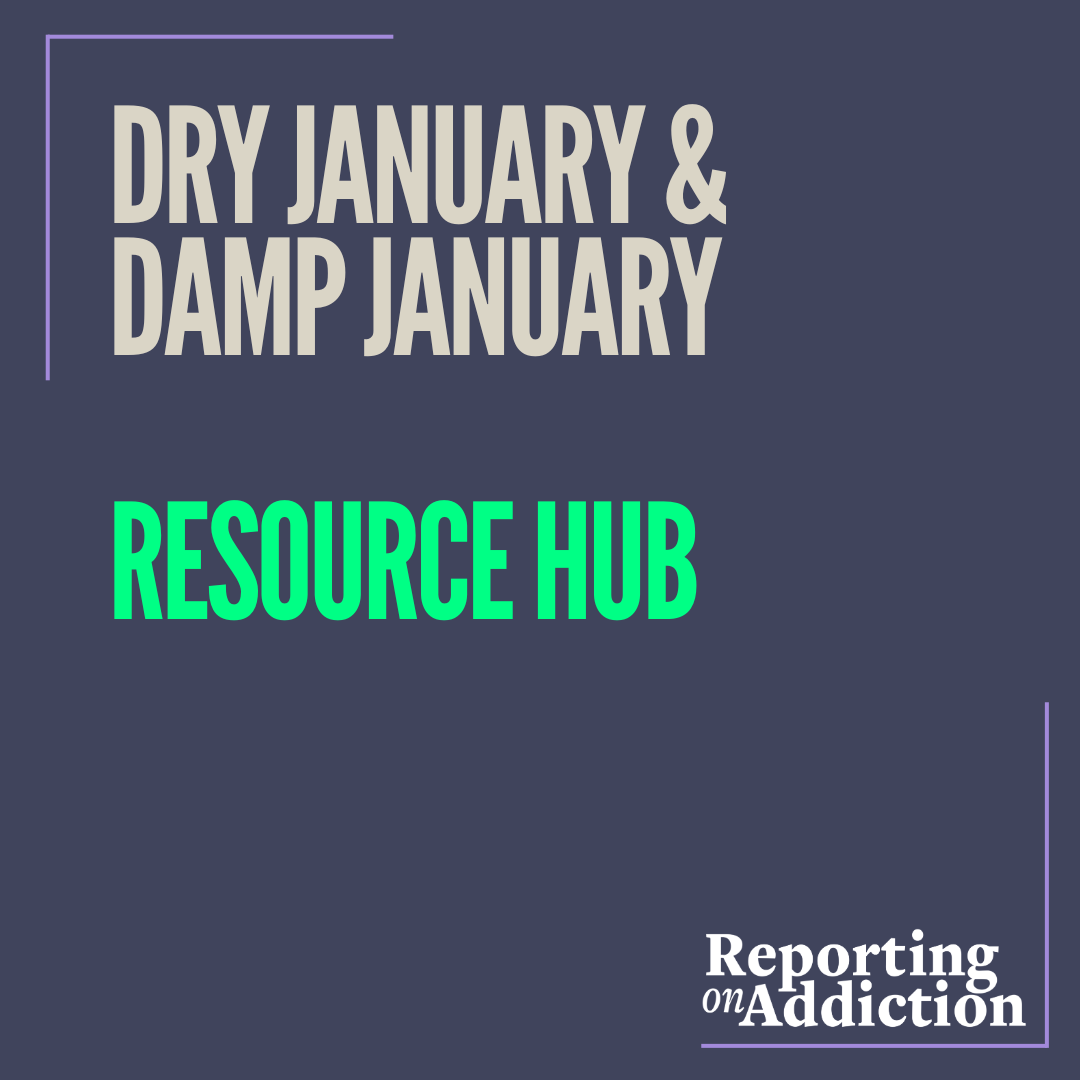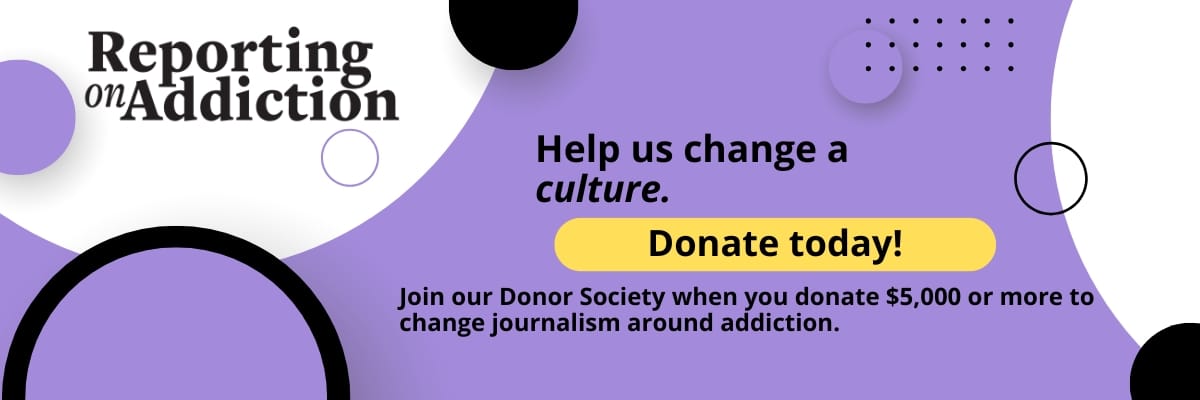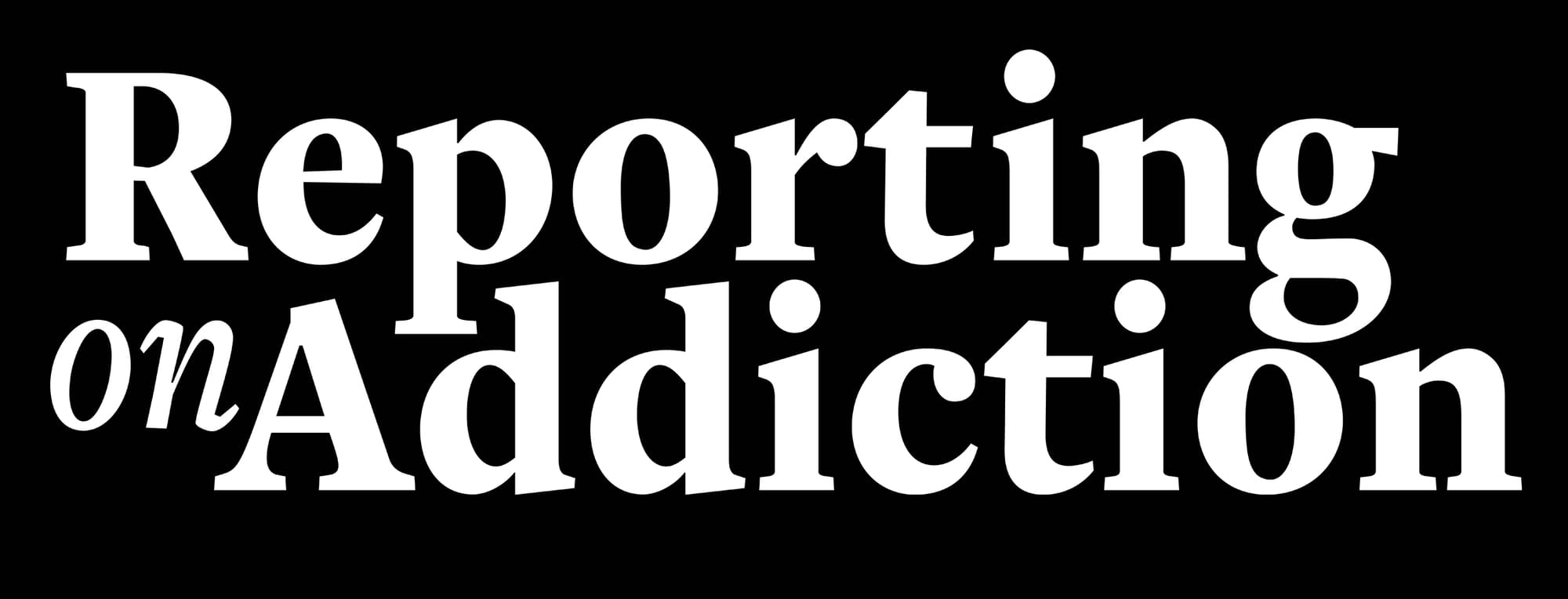Dry January - Changing Alcohol Use Behaviors
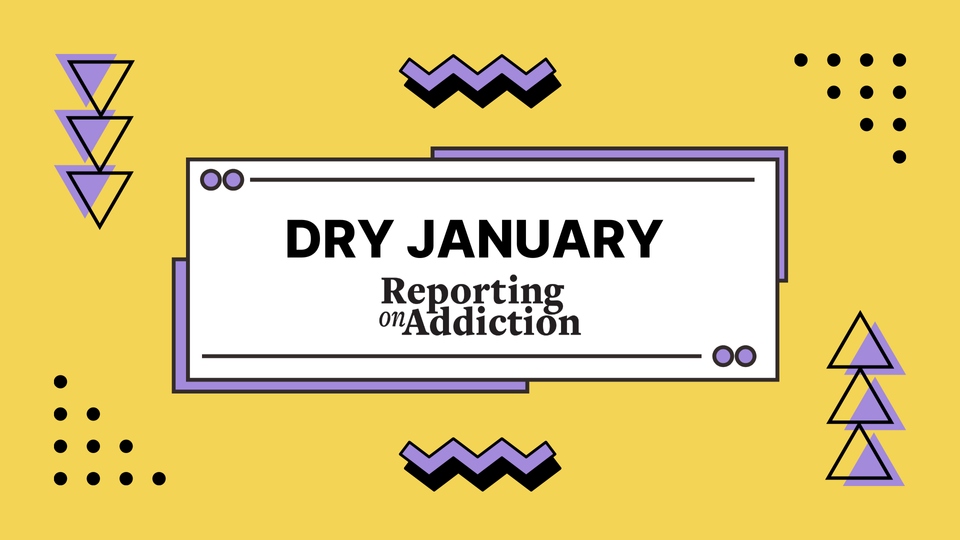
This is part of our series of articles about Dry January & Damp January
Changing health behaviors
Any opportunity for people to evaluate and possibly change their negative health behaviors has a high value. A big part of changing behavior is an awareness that a behavior needs to change. This is why, when done well, Dry January media coverage is a huge opportunity to do good.
Consider, there are many motivations to participate in these substance-related public health initiatives. It’s safe to assume that almost everyone interacting with Dry January coverage is somehow interested in cutting back on drinking or knows someone who is. It may be because someone is drinking too much, too fast or too much, too often or simply more than they want.
We can help you, and your audience, leverage this engagement to access support on this journey.
For some people, abruptly stopping alcohol use can lead to severe withdrawal, which is considered a medical emergency. Risk factors for withdrawal include previous withdrawal, very heavy alcohol use, and alcohol use disorder. There is a journalistic responsibility to acknowledge these risks to your audience. Encourage your audience to seek health professionals guidance before making this behavior change.
Here are some specific, evidence-based strategies to cut back from drinking:
- Keep track of how much you drink (including measuring using standard drink guidelines).
- Set goals on how many days a week you want to drink and how many drinks you'll have on those days. Consider having some days where you don’t drink.
- Find alternative activities, friendships, hobbies.
- Avoid triggers that increase your urge to drink.
- Plan to handle urges by reminding yourself of your reasons for changing, talking with someone you trust, seek distraction, or accept the urge and ride it out without giving in.
- Know how you’ll say "no."
A note on "control"
"Control" is a fraught concept, especially concerning drug use and addiction.
For people with an alcohol use disorder or who engage in risky drinking, there can be deficits in control. There is a neurobiological basis to this, but generally, it contributes to people thinking they can cut back or stop whenever they want, even if they experience challenges with reducing or stopping substance use. Difficulty with stopping substances is a defining characteristic of substance use disorders/addiction.
Dry January and Damp January can be problematic because they contribute to these notions of control (e.g., “I stopped for a few weeks in January” or “I only drink on weekends now”) that may mask a larger problem. Stopping drinking during Dry January doesn’t mean you do not have an alcohol use disorder/alcohol addiction or that you might not benefit from talking with a health professional about substance use.
This is why talking with a health professional about your interest in cutting back (and previous attempts) serves as a useful part of Dry January coverage.
This is part of our series of articles about Dry January & Damp January
